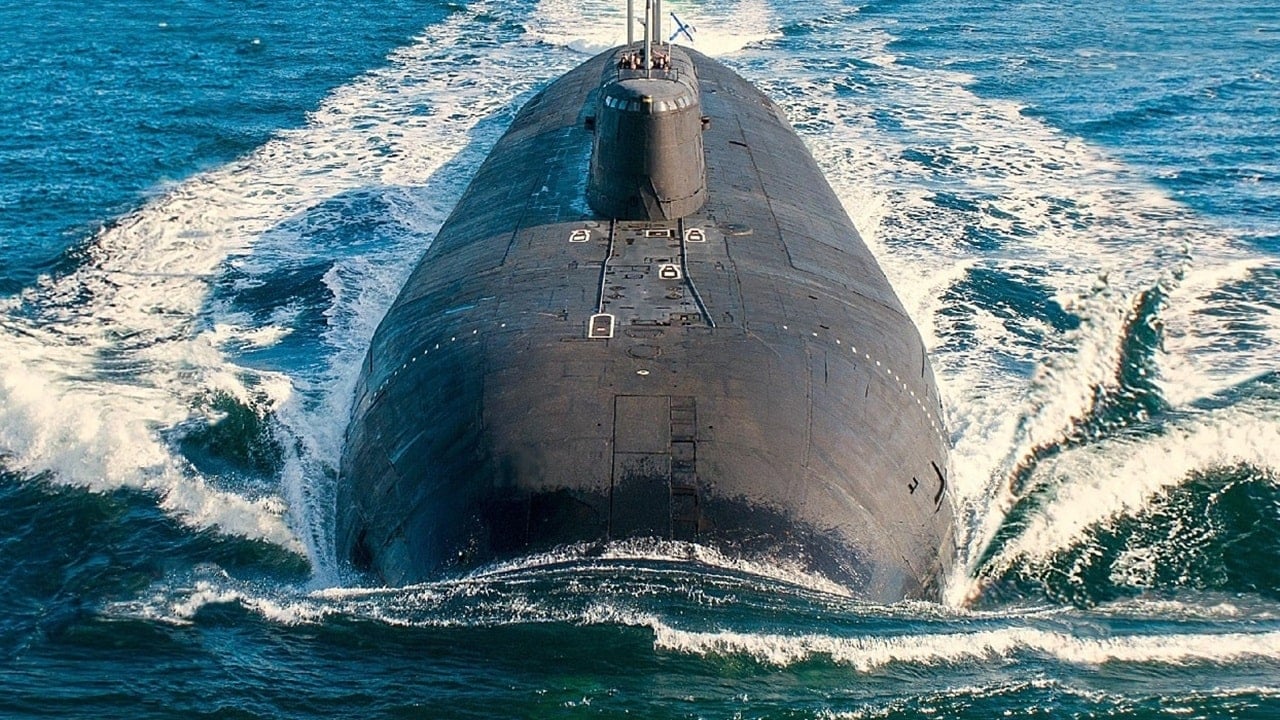Why India Rents Nuclear Submarines from Russia

Introduction
In the dynamic landscape of international relations, military collaborations between nations often shape geopolitical dynamics. A recent development that caught global attention is India’s decision to rent nuclear submarines from Russia. This move has roots dating back to the late 1980s when the Soviet Union provided India with a nuclear-powered submarine, marking the beginning of a longstanding military partnership.

Historical Perspective: The Soviet Union’s Assistance
- The Charlie-class Nuclear Submarine: A Look into the Late 1980s when the Soviet Union bestowed upon India the Charlie-class nuclear cruise missile submarine, solidifying the initial steps in their military alliance.
The Evolving Partnership: Russia and India in 2023
- Recent Developments in Military Cooperation: Exploring the steps taken by Russia and India to enhance their military collaboration by examining the meeting between Russian Foreign Minister Sergei Lavrov and Indian counterpart Subrahmanyam Jaishankar in Moscow.
- Strategic Benefits: Understanding the mutual benefits of this partnership for both nations and its role in preserving security on the Eurasian continent, especially in the aftermath of heavy sanctions on Moscow.

Diversification of Allies: Russia and India
- Impact of Sanctions: Analyzing the limited options Russia faced for allies after facing severe sanctions after its invasion of Ukraine and how India stepped in as a crucial economic partner.
- Iran and India as Beneficiaries: Highlighting how the Islamic Republic of Iran and India have played pivotal roles in supporting Russia, with Iran benefiting through arms transfers and India becoming a significant economic partner.
The Historic Lease: INS Chakra I
- Soviet Lending and Strict Restrictions: Delving into the specifics of the Soviet Union’s lending of the K-43 submarine, which later became INS Chakra, and the stringent restrictions that came with the lease.
- Challenges Faced by INS Chakra: Examining the challenges faced by the Indian Navy during the lease period, including strict Soviet inspections, maintenance sessions, and operational limitations.

Technical Insights:
INS Chakra
Specifications
- K-43 Specifications and Capabilities: Detailing the technical specifications of the Charlie-class nuclear-powered cruise missile submarine, providing insights into its dimensions, power source, speed, and armament.
The Continuing Partnership: INS Chakra II
- Leasing of Akula-class Submarine: Narrating the continuation of the military collaboration between Russia and India in 2010, where Moscow leased the Akula-class submarine (Nerpa), showcasing the evolution of India’s submarine capabilities.
- Tragedy During Sea Trials: Discussing the unfortunate incident during the sea trials of INS Chakra II, where 20 civilian specialists lost their lives due to an accidental activation of the fire extinguishing system.
- Financial Commitments: Shedding light on India’s financial commitment, approximately $670 million, for the lease of INS Chakra II over a decade.
Challenges and the Subsequent Return of INS Chakra II
- Issues with Power Plant and Maintenance: Addressing the challenges faced by INS Chakra II, leading to its return to Moscow in 2021, citing an unreliable power plant and maintenance issues.
Conclusion
In the complex realm of global geopolitics, the collaboration between India and Russia in the military domain has witnessed both successes and challenges. The leasing of nuclear submarines has been a significant aspect of this partnership, showcasing the strategic importance of such arrangements in the contemporary world.
Frequently Asked Questions (FAQs)
- Q: Why does India prefer renting nuclear submarines from Russia?
- A: India and Russia share a longstanding military partnership, and the rental of nuclear submarines is a strategic move to enhance India’s maritime capabilities.
- Q: What were the specific challenges faced by INS Chakra I during its lease period?
- A: INS Chakra I faced strict Soviet inspections, maintenance restrictions, and operational limitations, contributing to the decision to return the submarine.
- Q: How did the sea trials of INS Chakra II lead to a tragic incident?
- A: During sea trials, an accidental activation of the fire extinguishing system resulted in the unfortunate death of 20 civilian specialists.
- Q: What prompted India to continue its submarine leasing agreement with Russia despite past challenges?
- A: The geopolitical and strategic advantages of the partnership, coupled with the evolving capabilities of newer submarines, encouraged India to continue the agreement.
- Q: How does the military collaboration between Russia and India impact global security?
- A: The collaboration contributes to regional stability and security, with both nations benefiting strategically from the exchange of military technologies and expertise.